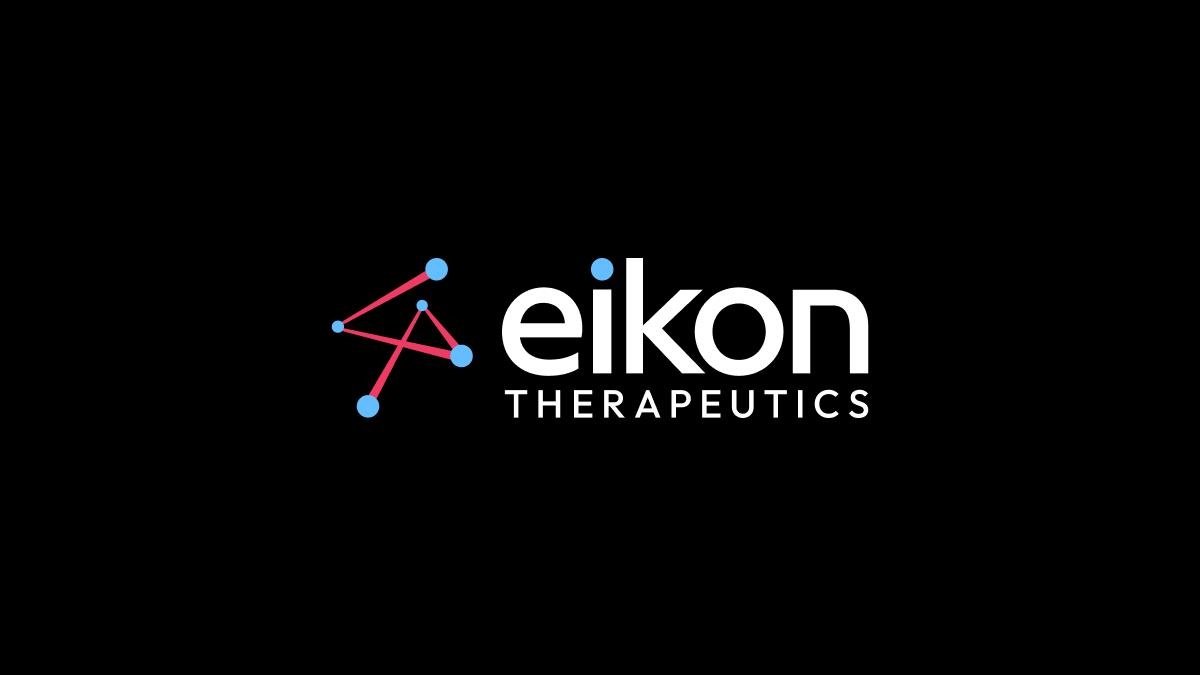AI could provide breakthrough for early diagnosis of rare diseases

For people living with rare diseases, one of the major challenges is being able to receive a rapid and accurate diagnosis. Often the process takes years, but Ben Hargreaves finds that there is a new wave of research utilising AI that could change this.
Discussions of AI are now ubiquitous, but the focus is frequently on the miraculous impacts that could be felt rather than the prosaic. A good example is a report produced by Goldman Sachs that suggested two thirds of occupations could be partially automated – this suggestion quickly became a significant talking point. Yet, within the same report, the authors noted that job losses due to innovation have often been offset by the creation of new roles linked to the technology.
The same could be said about AI’s implementation within healthcare, where the potential for rapid drug discovery can take priority in discussions, over the potential smaller, short-term steps to improving patients’ lives. The ability to better diagnose patients living with a disease or to more accurately identify disease progression are examples of where AI could play a crucial role. This is already being actively explored in rare disease research, where disease identification is one of the major challenges.
Finding the target
The diagnosis capacity of AI is showing enough promise that it is receiving government backing, with the intention of being able to rapidly scale and rollout solutions to the public. In rare disease, the ability to accurately identify individuals living with a condition means that they are able to receive the appropriate treatment to maintain better health, making them less likely to need to visit hospital.
As part of its efforts, the UK government announced in March that it would provide £16 million in funding to healthcare companies working on various AI solutions. The recipients included companies working on AI-driven checks for breast cancer and prostate cancer, and devices that are able to process images to make accurate cancer diagnosis.
In addition, the digital health start-up Mendelian was provided funding for its AI system that identifies patients with undiagnosed rare diseases. The company’s MendelScan has encoded case finding criteria for rare diseases, which it uses to search through electronic health records. Patients are matched to published diagnostic criteria for rare diseases, while an in-house clinical team and disease specialists are tasked with performing an extended medical history review. According to Mendelian and Imperial College Health Partners, over the last 10 years the difficulty in finding a diagnosis for rare disease means that an extra £3.4 billion was used in UK NHS services.
Similar work is also being carried out in the US to use AI to potentially diagnose rare diseases through the use of patient medical records. The University of Florida Health and Penn Medicine have been provided $4.7 million by the US National Institutes of Health to develop an alert system that will notify doctors when patients appear likely to develop certain rare diseases. The researchers will use a prediction method called PANDA (Predictive Analytics via Networked Distributed Algorithms) to develop a set of algorithms that will use machine learning to identify relevant patients. The conditions that will be targeted are five different types of vasculitis and two different types of spondyloarthritis, including psoriatic arthritis and ankylosing spondylitis.
Tracking progression
The capacity to identify patients who are in need of diagnosis would represent a major step forward for the rare disease area, but just as important is being able to track disease progression in patients. This is a crucial part of drug testing, to measure a treatment’s efficacy and to monitor a patient’s overall wellbeing.
A team of researchers from Imperial College London, and other institutes, published their research in January in combining a motion capture suit and machine learning to predict disease progression in Friedreichʼs ataxia (FA) and in Duchenne muscular dystrophy. Both conditions are rare, degenerative, genetic diseases that affect movement, and there are currently no cures for either disease. Testing for disease progression is normally carried out in a clinical setting, and often requires a large number of patients to achieve accuracy. The authors of the study analysing this approach in FA stated that the same precision could be achieved in 10 patients as could be gathered in 160 individuals tested in a traditional clinical study. In rare disease, where there are a limited number of patients to test potential treatments, this could reduce the time required to complete a clinical trial.
Professor Aldo Faisal, of Imperial College London, and senior author of the papers, said, “Our approach gathers huge amounts of data from a person’s full-body movement – more than any neurologist will have the precision or time to observe in a patient. Our AI technology builds a digital twin of the patient and allows us to make unprecedented, precise predictions of how an individual patient’s disease will progress. We believe that the same AI technology working in two very different diseases, shows how promising it is to be applied to many diseases and help us to develop treatments for many more diseases even faster, cheaper, and more precisely.”
Trialling AI
A similar approach to AI is currently being trialled in the assessment of amyotrophic lateral sclerosis (ALS), also known as Lou Gehrig's Disease. However, instead of requiring wearable technology, Modality.AI provides an automated, clinically validated system that assesses patients through a platform that operates on computers and smartphones. The software allows research to assess speech and facial responses through audio and video recordings, and can also be applied to other conditions, including autism and depression. The company states that researchers and clinicians are able to monitor data in ‘near real-time’, as well as assessing treatments over time, potentially reducing the cost of clinical trials.
EverythingALS, a non-profit research organisation, has adopted Modality.AI to use AI technology to spot early signs of ALS, as well as to understand the progression of the disease. The organisation is currently recruiting for an ongoing trial, which sees each participant provide video recordings each month for a period of five months. The data gathered can then be interpreted by AI to analyse disease development, with the overall aim being to understand whether ALS drugs are working in clinical trials. As there is currently no cure for ALS, the ability to intervene and provide treatments to those in the early stages of the disease has been found to be crucial.
On average, it takes five years for a patient to get a diagnosis for their rare disease. Any means by which this can be reduced will provide significant benefits to the patient, and to the healthcare system. By harnessing AI, there appears to be a short-term promise that this can be realised.












